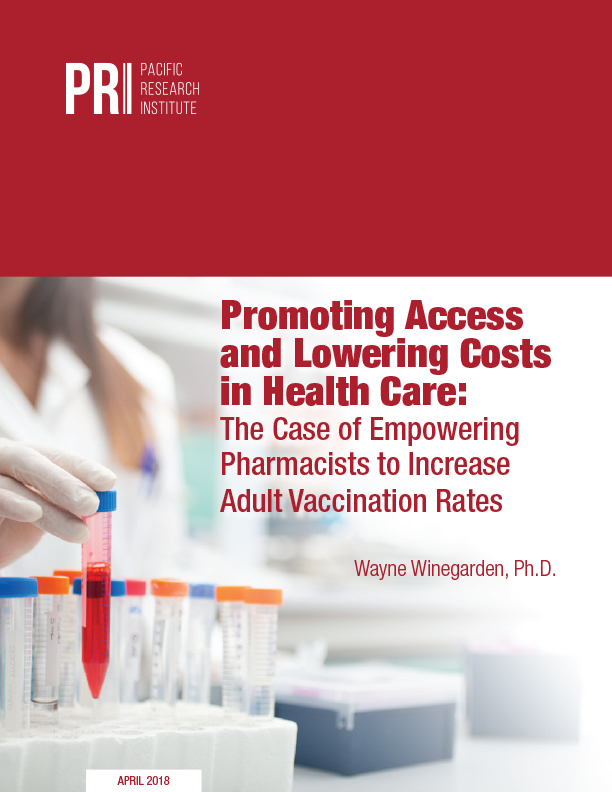We Need A Cure For The Arrogance Of Drug Price Control Advocates
“Three hundred forty-five billion dollars in savings versus the cost of eight to 15 fewer drugs over 10 years, I frankly think it’s worth it.” Rep. Darren Soto (D-FL), hearing before the House Energy and Commerce Committee In the above quote, Representative Soto is defending H.R. 3, the drug price control bill Speaker Nancy Pelosi is advocating. While the Congressman believes that the costs of price controls are “worth it”, patients living with diseases that lack an effective treatment may disagree. While there has...


